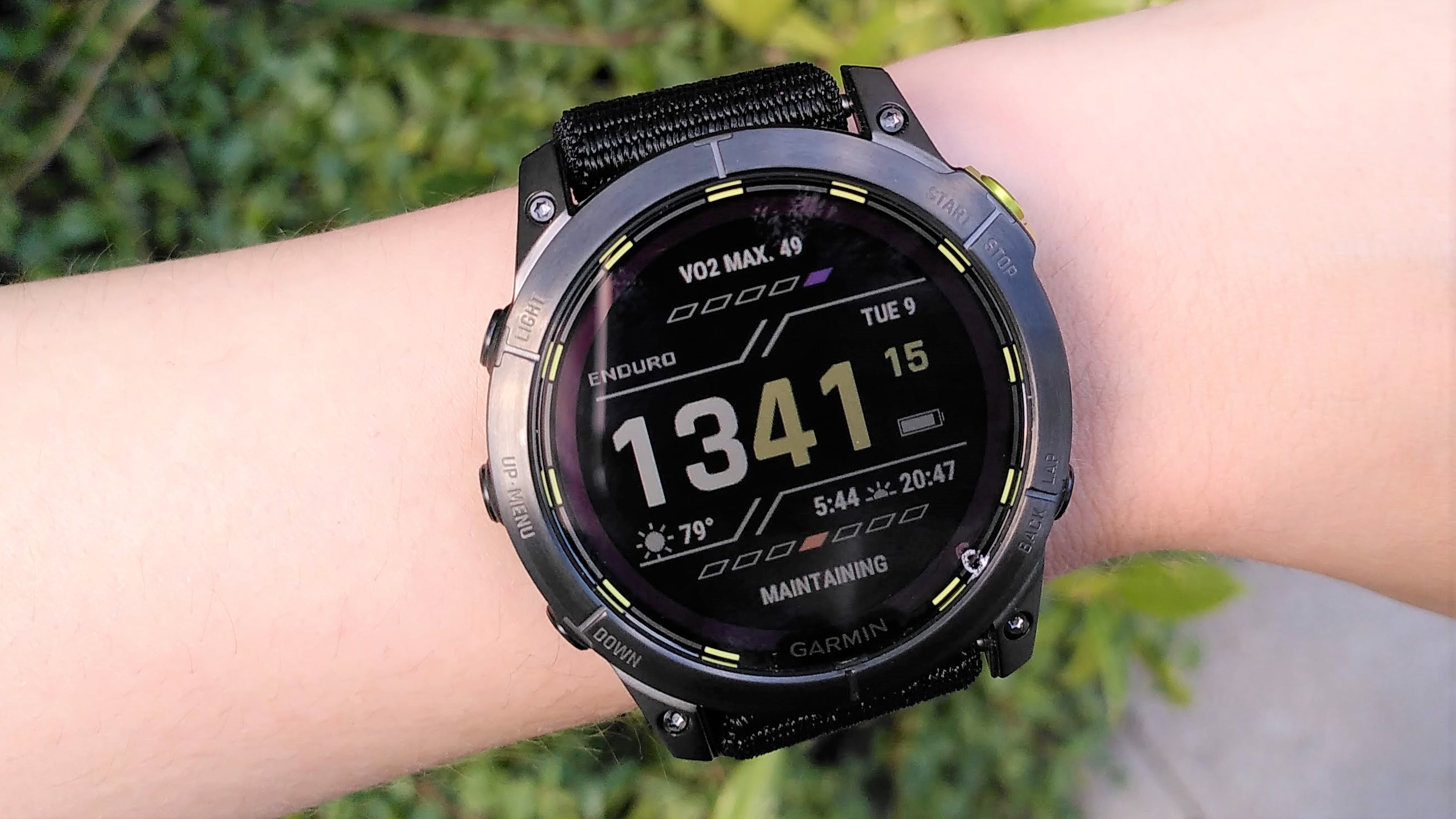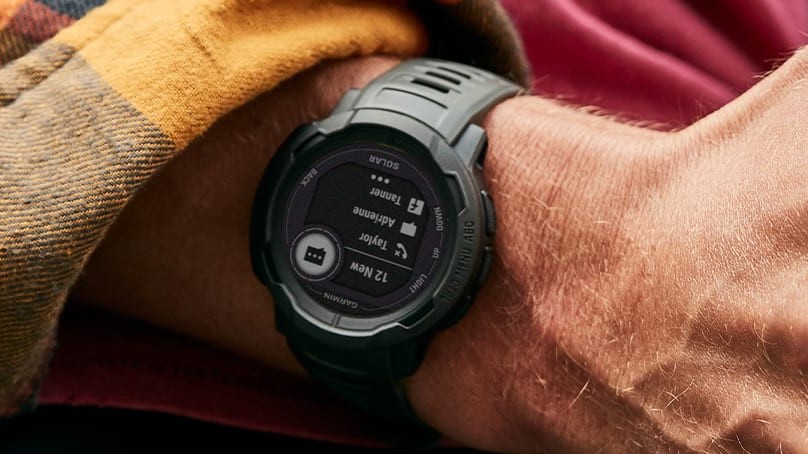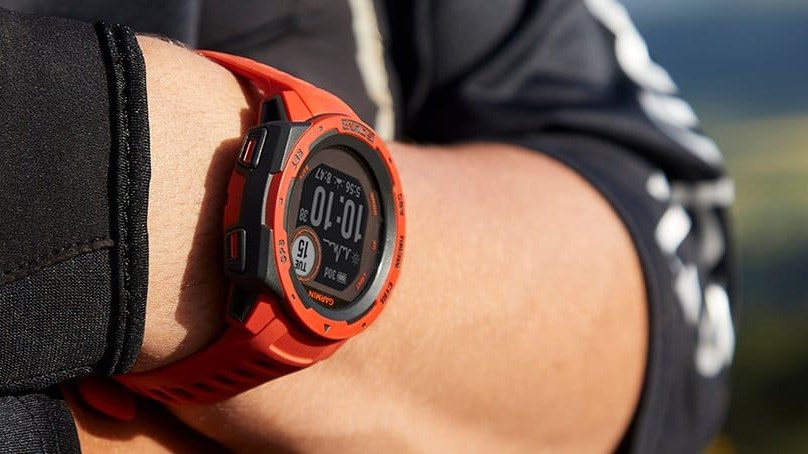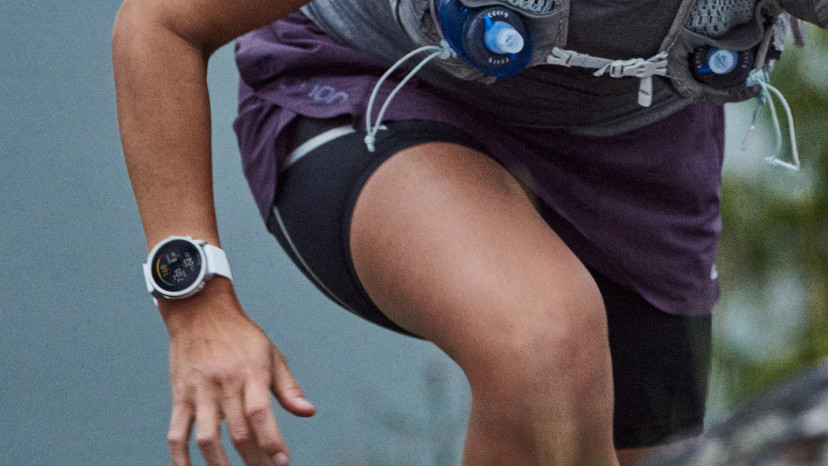
The Garmin Enduro 2, released earlier this week, is the ultimate long-distance watch, with battery life of up to 150 hours in GPS mode thanks to its big battery and solar cell. It's also extremely expensive at $1,099.99 / £929.99, which will put it well outside the budget of many adventurers.
Thankfully, it's not your only option, and if you can't wait for this year's Black Friday Garmin deals when the Enduro 2 might get its first significant discount, there are several cheaper watches that will serve you well on long treks and expeditions.

1. Garmin Enduro
Released in February 2021, the original Enduro is still an excellent watch, and it's currently selling for around a third the price of the Enduro 2. It doesn't have the newer watch's touchscreen or built-in flashlight, and its battery life isn't quite as long, but it's still one of the best Garmin watches around, and well worth considering before you take out a new mortgage for the Enduro 2.
Like its successor, the original Enduro is lightweight and comfortable to wear even for long, sweaty events, and includes lots of thoughtfully designed tools such as an ultra-running mode that allows you to pause at aid stations, an updated version of Garmin's ClimbPro tool that lets you know about upcoming inclines so you can prepare (whether you're running or riding), and heat and altitude acclimation tools.
The biggest drawback of the original Enduro is that you don't get the same excellent, detailed maps you do on the Enduro 2. Instead, this watch uses simple breadcrumb-style navigation like you'd find on earlier Forerunner watches. If that's not an issue for you and battery life is king (up to 80 hours in GPS mode with solar charging and up to 65 days in smartwatch mode) then this is one for your shortlist,

2. Garmin Instinct 2 Solar
When it comes to sheer battery life, the Instinct 2 Solar is one of the best GPS watches around. Don't let its modest resin case put you off – this is a truly excellent watch for outdoor explorations, and tough as nails too. It supports all the main satellite navigation systems (GPS, GLONASS, and Galileo) to accurately pinpoint your position in tricky locations, offers Garmin's Tracback to help you find your way back to where you started your hike or run, and offers many of Garmin's best training tools including daily workout suggestions.
Best of all is the battery life. Garmin quotes up to 370 hours in max battery GPS mode with solar charging, and in smartwatch mode the Instinct 2 could keep running indefinitely with sufficient sunlight.
All the latest inspiration, tips and guides to help you plan your next Advnture!
The only downside is that its relatively low-res monochrome display isn't ideal for maps, limiting how much detail you can see at once.

3. Garmin Instinct Solar
The original Instinct Solar was my GPS watch of choice for a long time, and is still a great option if you're not likely to use the fancier bells and whistles of more recent watches. The original Instinct Solar is chunky and rugged (unlike the Instinct 2, it only comes in one size), and nigh-on indestructible.
It still gives you plenty of useful training and health monitoring tools, including all-day stress tracking and Garmin's Body Battery monitor, which shows how much energy you have to tackle the day ahead. There's Tracback to direct you back to the start of your journey as well, though as with the Instinct 2 Solar above, this watch's screen doesn't allow for super detailed maps.

4. Coros Apex
The Coros Apex is a few years old now, but if you're looking for a great adventure watch on a budget then it's an excellent choice. It has a sleeker look than any of the Garmin watches above, meaning it wouldn't look out of place in the office, but when you're ready to head into the great outdoors, you'll discover a huge array of training tools and stats at your fingertips. When I tested it for Advnture's sister site TechRadar, I particularly liked the Intelligent Stride algorithm, which monitors your running style and uses it to calculate your speed and cadence in locations without good GPS connectivity, such as tunnels. Its color display is great for mapping, and its navigation tools are excellent.
Battery life is fantastic too; the Apex can run for up to 100 hours in GPS mode, or 30 days with regular use in smartwatch mode. It's not as advanced as the newer Coros Vertix 2, but it's stood the test of time and is a fraction of the price.

5. Polar Grit X
As its name suggests, the Polar Grit X is built for life outdoors, and its price has dropped substantially since the launch of the Grit X Pro in October 2021. Like the Coros Apex, it's relatively subtle when it comes to style, but really delivers the goods when it's time to hit the trails.
GPS performance is impressive, Strava is baked in so you can track segments effortlessly, and there's a handy Hill Splitter tool to help you manage your effort on climbs, whether you're hiking, running, or cycling. Polar's Fuelwise tool is also extremely useful for long distance training sessions and races, prompting you when it's time to take on more water or carbs. The Polar Grit X plays nicely with Komoot as well, making syncing routes a breeze.
You don't get the great collection of offline maps you do with the Garmin Enduro 2 though, so you'll need to plan your expedition before heading out, and battery life is shorter, but you're getting a whole lot here for under $300.

Cat is the editor of Advnture, She’s been a journalist for 15 years, and was fitness and wellbeing editor on TechRadar before joining the Advnture team in 2022. She’s a UK Athletics qualified run leader, and in her spare time enjoys nothing more than lacing up her shoes and hitting the roads and trails (the muddier, the better), usually wearing at least two sports watches.
